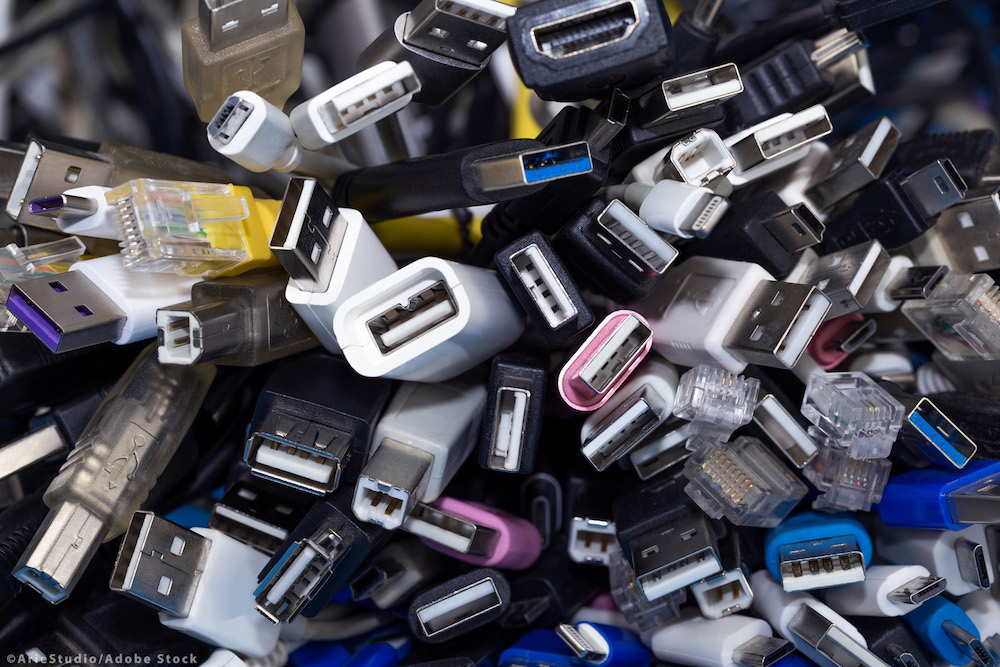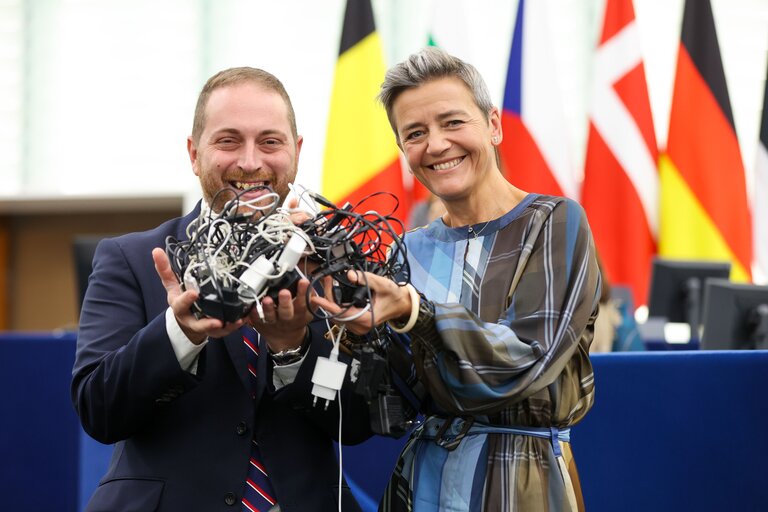Europe says iPhones will need USB-C chargers by 2024

Apple may well have to make some changes as the European Parliament overwhelmingly voted through proposals to standardize electronic devices around USB-C charging ports.
Apple will need to make some changes
It’s potentially a little frustrating for Apple, given it uses the Lightning cable across many of its devices.
In Europe in 2019, over 50% of chargers sold with mobile phones in 2018 had USB-B connector, 29% USB-C and 21% a Lightning connector, as used by Apple.
However, we know the company is committed to the development and implementation of wireless charging in future – though the EU is also looking at that.
By the end of 2024, Europe is committed to building regulation to force manufacturers to ensure the wireless charging systems they bring to market are more open and interoperable. The idea is to prevent consumers becoming locked in. It isn’t clear the extent to which this will impact Apple, given its own wireless charging is based on the Qi standard.
Apple has of course warned that forcing a common charging port would stifle innovation but has evidently lost that discussion. We think Apple is developing iPhones with USB-C, and it has been making more use of USB-C cables in the last couple of years.
The Series 7 Apple Watch ships with a USB-C cable to power up its wireless charger, for instance. iPads, AirPod charging cases, MagSafe battery pack and Apple mice and trackpads will all probably end up with it. And existing products aren’t impacted by the ban, which won’t come into effect until 2024 – plenty of time to bring USB-C to its devices.

Margrethe Vestager and Agius Saliba, photographed by Alain Rolland.
What the EU said
Parliament’s rapporteur Alex Agius Saliba (S&D, MT) said: “The common charger will finally become a reality in Europe. We have waited more than ten years for these rules, but we can finally leave the current plethora of chargers in the past.
“This future-proof law allows for the development of innovative charging solutions in the future, and it will benefit everyone – from frustrated consumers to our vulnerable environment. These are difficult times for politics, but we have shown that the EU has not run out of ideas or solutions to improve the lives of millions in Europe and inspire other parts of the world to follow suit”
The law passed with 602 votes in favor, 13 against and 8 abstentions and is part of a broader effort to reduce e-waste. Disposed of and unused chargers account for about 11 000 tonnes of e-waste annually in the EU.
What it means
The idea is that by the end of 2024 all the mobile devices, tablets and cameras sold in the UK will have to be equipped with a USB-C charging port. Two years later in 2026, this admonition will extend to laptops.
It also extends to headphones and headsets, handheld videogame consoles and portable speakers, e-readers, keyboards, mice, portable navigation systems, earbuds and laptops that are rechargeable via a wired cable, operating with a power delivery of up to 100 Watts, will have to be equipped with a USB Type-C port. Exemptions will be made for devices, such as smartwatches, that are too small to host a USB-C port.
It means you’ll be able to use your chargers across loads of devices, and I think will make life a lot easier for consumers – though it does limit the design choices manufacturers can make. All devices that support fast charging will now have the same charging speed, allowing users to charge their devices at the same speed with any compatible charger.
But the bottom line should be that in future you’ll only need to carry one charger with you to keep all your devices energized.
Please follow me on Twitter, or join me in the AppleHolic’s bar & grill and Apple Discussions groups on MeWe.



